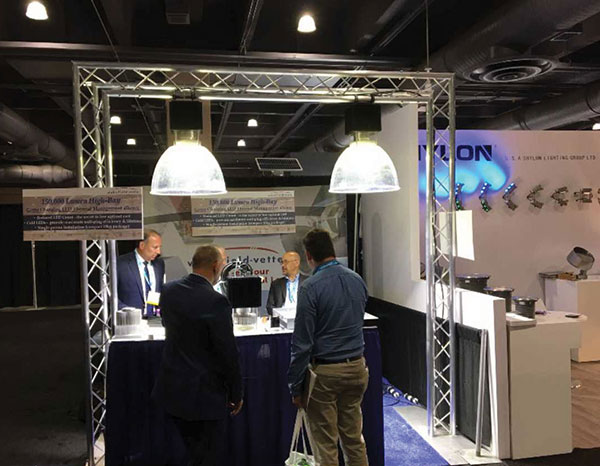
Most of us rarely look up when we trek into a Costco, Home Depot or other large retailer. Usually, there’s nothing of interest on the ceiling. But if one of Sandia’s newest patents becomes an industry standard, those huge lights illuminating huge spaces may light the way to cooling computers and other electronics.
Engineer Jeff Koplow and his team have developed a way to use less energy to cool light fixtures. Their outside-the-box idea is to spin the LED emitters at 1,000 rpm to cool them. The 1,000 watts of electricity required to power the LEDs also powers the spinning emitters, Jeff said.
The rotating LED emitter array generates no perceptible flicker, and thus imposes no degradation of lighting quality. The cooling method also will extend the life of lighting fixtures, because keeping LED junction temperature low drastically improves LED service lifetime and requires less maintenance.
“We wanted to pursue an application with lighting first,” Jeff explained. “It’s a high-visibility application that demonstrates that the Sandia Cooler technology is now viable to businesses and consumers. That gets the conversation started that there is a new approach to cooling for electronics.”
Jeff believes the same technology can be adapted to cooling of computer central processing units and graphics processing units by transmitting the internal data stream across a narrow air gap.
Discover how the technology is compact and easy to install in the complete Lab News story or browse additional patents and technologies available for license.